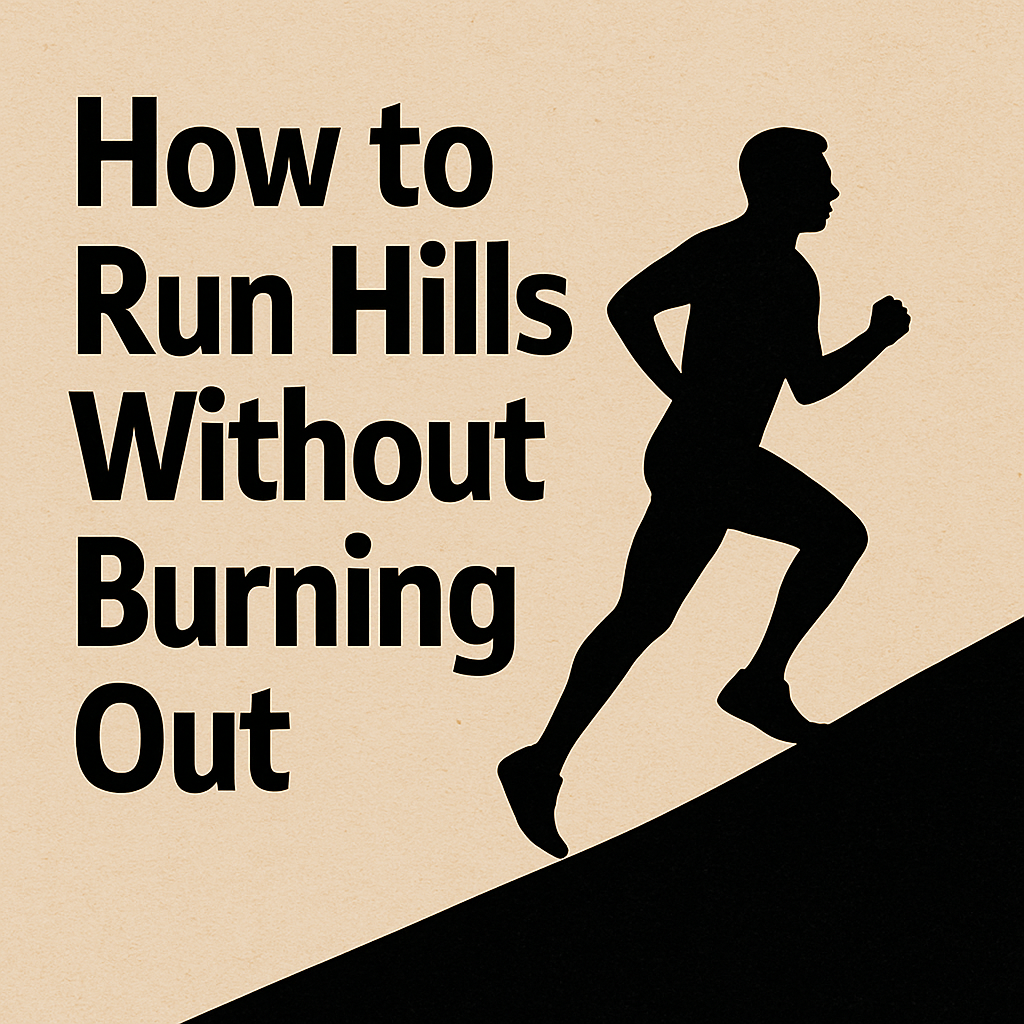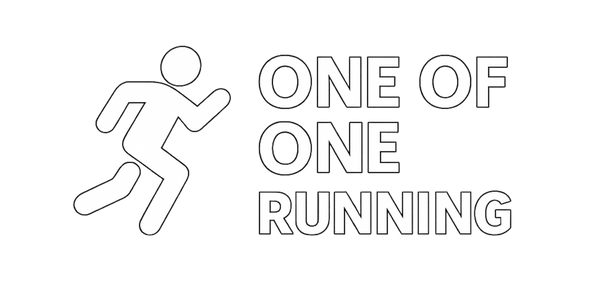
How to Run Hills Without Burning Out
Share
Running uphill is one of the toughest challenges for runners. Your legs burn, your lungs scream, and your pace drops. But running hills doesn’t have to break you—if you approach it smartly.
Here’s how to handle hills without burning out:
1. Shorten your stride
Forget big, powerful steps. On hills, take shorter, quicker strides. This reduces muscle fatigue and keeps your rhythm steady.
2. Lean forward from the ankles
Not the hips! A slight forward lean from the ankles keeps your center of gravity in the right place and helps your legs drive uphill more efficiently.
3. Pump your arms
Your arms drive your legs. On hills, use a strong but relaxed arm swing to power your way up. It helps keep momentum when your legs get tired.
4. Control your effort, not your pace
Don’t worry if your pace slows down. Focus on effort. Running by feel (or heart rate) helps you conserve energy and avoid redlining too early.
5. Use your breath as a guide
Can’t speak in full sentences? You’re going too hard. Breathe in rhythm with your steps and back off if you're gasping.
6. Recover smart at the top
Don’t stop completely at the top of a hill. Keep jogging or walking, breathe deeply, and let your heart rate settle gradually.
Bonus: Hill running benefits
-
Builds leg strength
-
Improves running form
-
Boosts mental toughness
-
Increases running economy
-
Prepares you for race elevation
If you want to improve fast and train smart, include 1 hill session every 1–2 weeks. Start with effort-based climbs (like 30s uphill jogs), then build volume and intensity gradually.
For more practical running advice, check out my e-book—packed with recovery tips, training plans, and exclusive discount codes for gear that supports your performance.
See the e-book here
